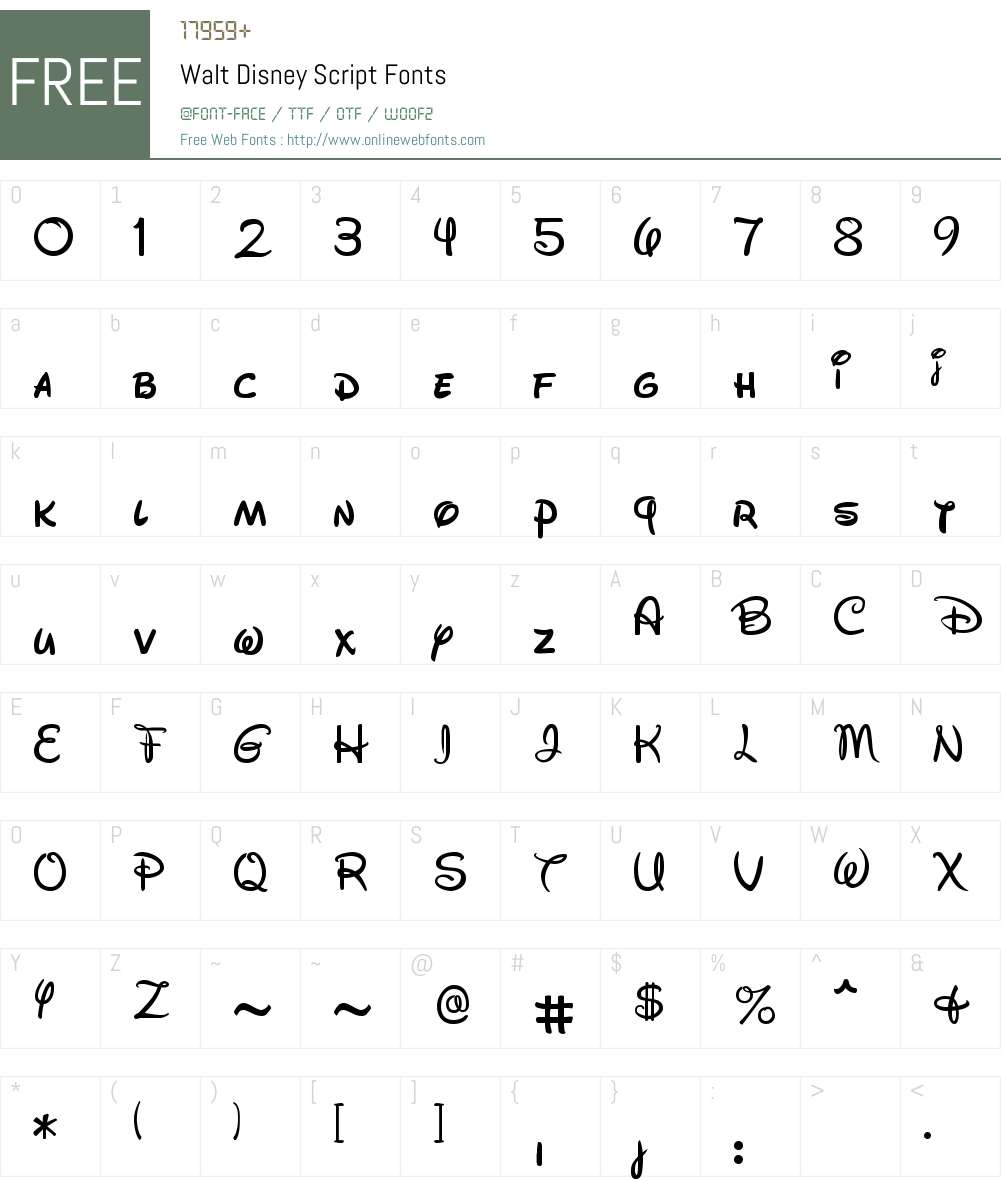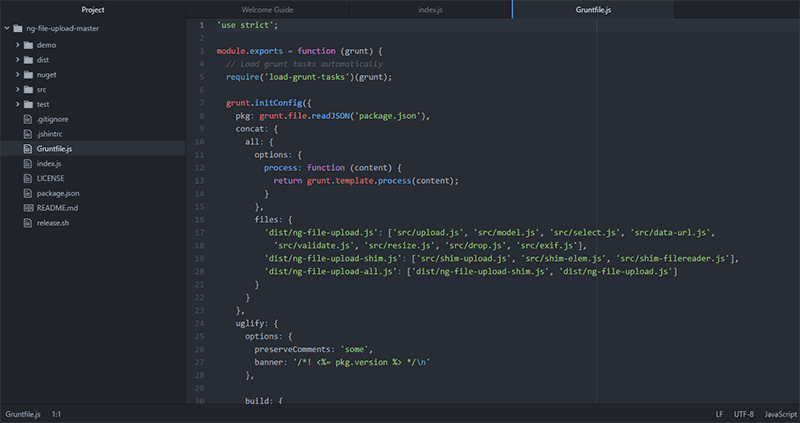
Some smart folks have already written about the note-taking apps/text editors they like and use.

I didn’t include recent additions to the ecosystem like iA Writer (for iPhone) and Byword, as I need to test them more accurately. I kept the ones with Markdown formatting and Dropbox sync. So I took all of them, tested them, and deleted the ones I didn’t like.
Write lines of your favorite text editor software#
Because while I’m one for supporting developers and buying apps and paying for the tools I use, there is a line between “trying software” and “using software to work better”, and I had crossed that line with my curiosity for text editors. Almost too many, to the point where I needed to stop fiddling already, and get the writing done. Like TJ Luoma, I have bought many of them. What follows is an overview of the four text editors (for writing, not coding) that I have preferred using in the past three months. And all those text editors on the App Store look so tempting. See, on the Mac, when I need a text editor, I usually fire up Text Edit (rigorously set in plain text mode) and forget about it. If anything, the only negative note is that the iPad has given too much choice when it comes to picking a single writing tool. I use my iPad a lot more, I enjoy it, and, more importantly, the device is helping me work smarter because it lets me focus more on what I do for a living: writing. The experiment has been a success so far. With a mature ecosystem of apps that sees great new software coming out every week and a Retina display on the horizon, starting to use the iPad as my main computer was an investment. Yet the more I thought about it, the more I realized the long-term benefits of giving the iPad a fair chance as a full-time writing tool would outnumber the perks of using a device I am accustomed to. The plan was an ambitious one: after three years of writing, researching, and online communication done exclusively using my MacBook (and, perhaps to an extent, my iPhone) switching to the iPad as my main work machine did indeed seem like a daunting task at first. An example is KEDIT, which is basically XEDIT for Windows.Earlier this year, I promised myself that I would get more work done using the iPad.

However, there are variations of mainframe and UNIX text editors that are provided for use on personal computers.


In personal computer systems, word processor s are more common than text editors. In UNIX systems, the two most commonly used text editors are EMACS and Vi. Text editors can be used to enter program language source statements or to create documents such as technical manuals.Ī popular text editor in IBM's large or mainframe computers is called XEDIT. Before printing or displaying it, you may be able to format it for some specific output device or class of output device. After saving a document, you can then print it or display it. A special command line lets you move to a new page, scroll forward or backward, make global changes in the document, save the document, and perform other actions. You can then fill the lines in with text, line by line. Typically, a text editor provides an "empty" display screen (or "scrollable page") with a fixed-line length and visible line numbers. A text editor is a computer program that lets a user enter, change, store, and usually print text (characters and numbers, each encoded by the computer and its input and output devices, arranged to have meaning to users or to other programs).


 0 kommentar(er)
0 kommentar(er)
